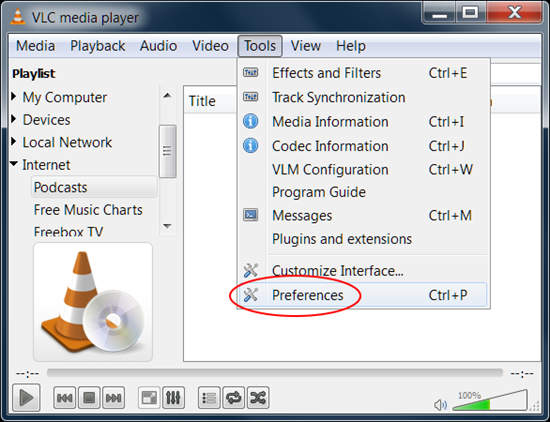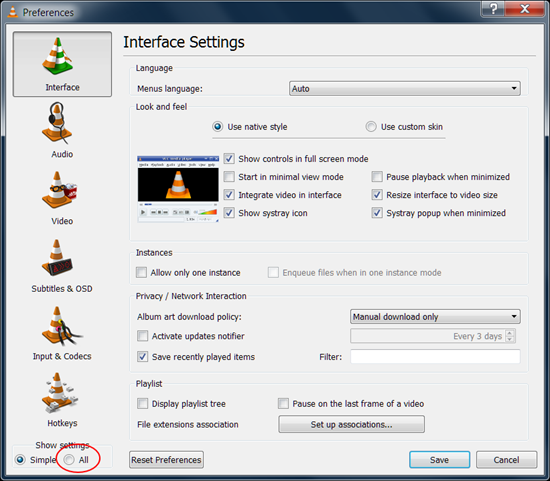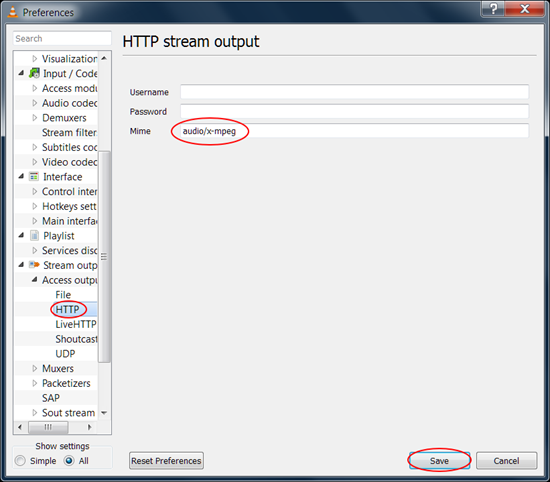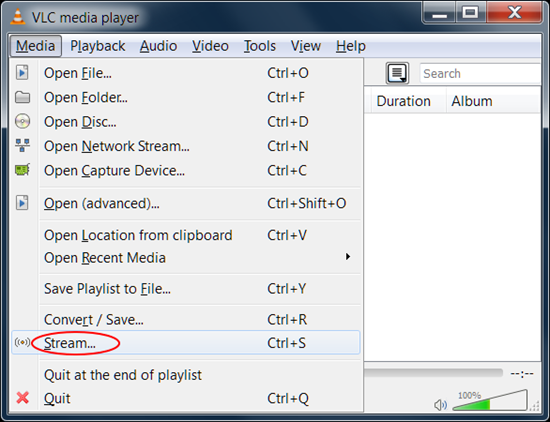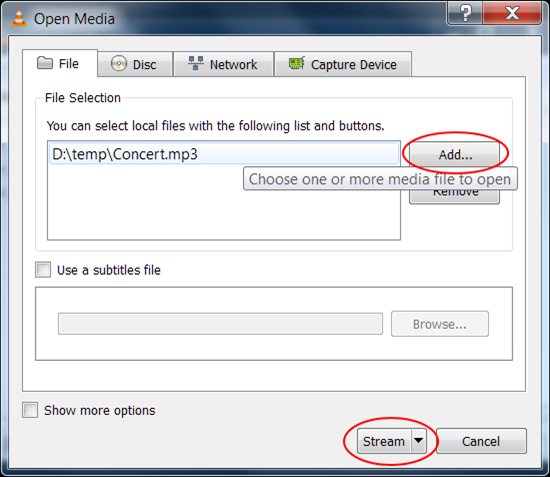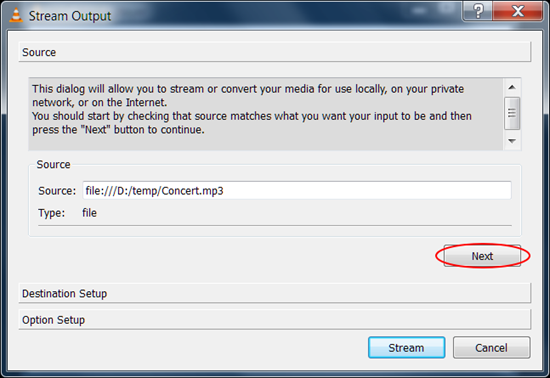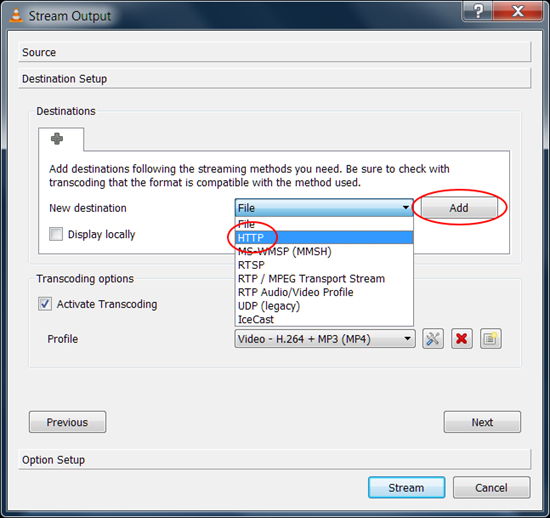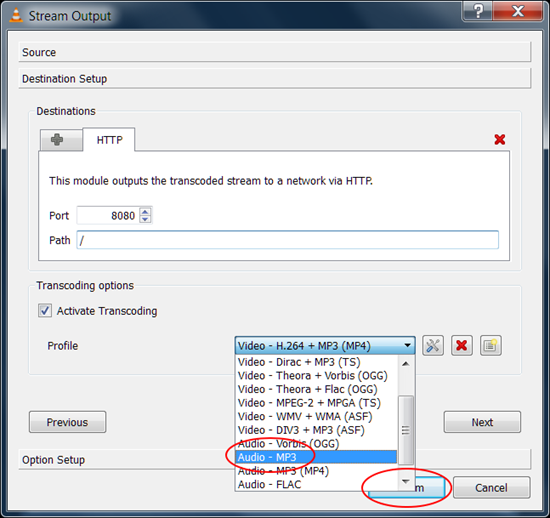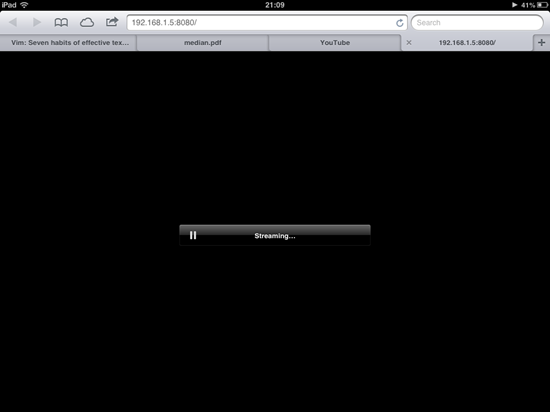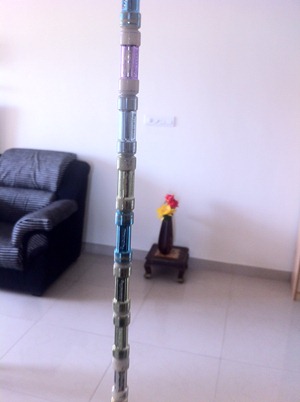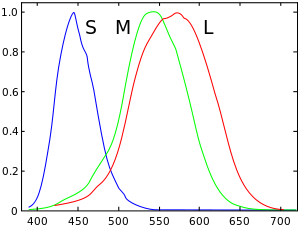The most popular scientific Python modules
I just scraped the scientific packages on pypi. Here are the top 50 by downloads.
| Name | Description | Size | Downloads |
|---|---|---|---|
| numpy | NumPy: array processing for numbers, strings, records, and objects. | 2000000 | 133076 |
| scipy | SciPy: Scientific Library for Python | 7000000 | 33990 |
| pygraphviz | Python interface to Graphviz | 99000 | 22828 |
| geopy | Python Geocoding Toolbox | 32000 | 18617 |
| googlemaps | Easy geocoding, reverse geocoding, driving directions, and local search in Python via Google. | 69000 | 15135 |
| Rtree | R-Tree spatial index for Python GIS | 495000 | 14370 |
| nltk | Natural Language Toolkit | 1000000 | 12844 |
| Shapely | Geometric objects, predicates, and operations | 93000 | 12635 |
| pyutilib.component.doc | Documentation for the PyUtilib Component Architecture. | 372000 | 10181 |
| geojson | Encoder/decoder for simple GIS features | 12000 | 9407 |
| GDAL | GDAL: Geospatial Data Abstraction Library | 410000 | 8957 |
| scikits.audiolab | A python module to make noise from numpy arrays | 1000000 | 8856 |
| pupynere | NetCDF file reader and writer. | 16000 | 8809 |
| scikits.statsmodels | Statistical computations and models for use with SciPy | 3000000 | 8761 |
| munkres | munkres algorithm for the Assignment Problem | 42000 | 8409 |
| scikit-learn | A set of python modules for machine learning and data mining | 2000000 | 7735 |
| networkx | Python package for creating and manipulating graphs and networks | 1009000 | 7652 |
| pyephem | Scientific-grade astronomy routines | 927000 | 7644 |
| PyBrain | PyBrain is the swiss army knife for neural networking. | 255000 | 7313 |
| scikits.learn | A set of python modules for machine learning and data mining | 1000000 | 7088 |
| obspy.seisan | SEISAN read support for ObsPy. | 3000000 | 6990 |
| obspy.wav | WAV(audio) read and write support for ObsPy. | 241000 | 6985 |
| obspy.seishub | SeisHub database client for ObsPy. | 237000 | 6941 |
| obspy.sh | Q and ASC (Seismic Handler) read and write support for ObsPy. | 285000 | 6926 |
| crcmod | CRC Generator | 128000 | 6714 |
| obspy.fissures | DHI/Fissures request client for ObsPy. | 1000000 | 6339 |
| stsci.distutils | distutils/packaging-related utilities used by some of STScI’s packages | 25000 | 6215 |
| pyopencl | Python wrapper for OpenCL | 1000000 | 6124 |
| Kivy | A software library for rapid development of hardware-accelerated multitouch applications. | 11000000 | 5879 |
| speech | A clean interface to Windows speech recognition and text-to-speech capabilities. | 17000 | 5809 |
| patsy | A Python package for describing statistical models and for building design matrices. | 276000 | 5517 |
| periodictable | Extensible periodic table of the elements | 775000 | 5498 |
| pymorphy | Morphological analyzer (POS tagger + inflection engine) for Russian and English (+perhaps German) languages. | 70000 | 5174 |
| imposm.parser | Fast and easy OpenStreetMap XML/PBF parser. | 31000 | 4940 |
| hcluster | A hierarchical clustering package for Scipy. | 442000 | 4761 |
| obspy.core | ObsPy – a Python framework for seismological observatories. | 487000 | 4608 |
| Pyevolve | A complete python genetic algorithm framework | 99000 | 4509 |
| scikits.ann | Approximate Nearest Neighbor library wrapper for Numpy | 82000 | 4368 |
| obspy.imaging | Plotting routines for ObsPy. | 324000 | 4356 |
| obspy.xseed | Dataless SEED, RESP and XML-SEED read and write support for ObsPy. | 2000000 | 4331 |
| obspy.sac | SAC read and write support for ObsPy. | 306000 | 4319 |
| obspy.arclink | ArcLink/WebDC client for ObsPy. | 247000 | 4164 |
| obspy.iris | IRIS Web service client for ObsPy. | 261000 | 4153 |
| Orange | Machine learning and interactive data mining toolbox. | 14000000 | 4099 |
| obspy.neries | NERIES Web service client for ObsPy. | 239000 | 4066 |
| pandas | Powerful data structures for data analysis, time series,and statistics | 2000000 | 4037 |
| pycuda | Python wrapper for Nvidia CUDA | 1000000 | 4030 |
| GeoAlchemy | Using SQLAlchemy with Spatial Databases | 159000 | 3881 |
| pyfits | Reads FITS images and tables into numpy arrays and manipulates FITS headers | 748000 | 3746 |
| HTSeq | A framework to process and analyze data from high-throughput sequencing (HTS) assays | 523000 | 3720 |
| pyopencv | PyOpenCV – A Python wrapper for OpenCV 2.x using Boost.Python and NumPy | 354000 | 3660 |
| thredds | THREDDS catalog generator. | 25000 | 3622 |
| hachoir-subfile | Find subfile in any binary stream | 16000 | 3540 |
| fluid | Procedures to study geophysical fluids on Python. | 210000 | 3520 |
| pygeocoder | Python interface for Google Geocoding API V3. Can be used to easily geocode, reverse geocode, validate and format addresses. | 7000 | 3514 |
| csc-pysparse | A fast sparse matrix library for Python (Commonsense Computing version) | 111000 | 3455 |
| topex | A very simple library to interpret and load TOPEX/JASON altimetry data | 7000 | 3378 |
| arrayterator | Buffered iterator for big arrays. | 7000 | 3320 |
| python-igraph | High performance graph data structures and algorithms | 3000000 | 3260 |
| csvkit | A library of utilities for working with CSV, the king of tabular file formats. | 29000 | 3236 |
| PyVISA | Python VISA bindings for GPIB, RS232, and USB instruments | 237000 | 3201 |
| Quadtree | Quadtree spatial index for Python GIS | 40000 | 3000 |
| ProxyHTTPServer | ProxyHTTPServer — from the creator of PyWebRun | 3000 | 2991 |
| mpmath | Python library for arbitrary-precision floating-point arithmetic | 1000000 | 2901 |
| bigfloat | Arbitrary precision correctly-rounded floating point arithmetic, via MPFR. | 126000 | 2879 |
| SimPy | Event discrete, process based simulation for Python. | 5000000 | 2871 |
| Delny | Delaunay triangulation | 18000 | 2790 |
| pymc | Markov Chain Monte Carlo sampling toolkit. | 1000000 | 2727 |
| PyBUFR | Pure Python library to encode and decode BUFR. | 10000 | 2676 |
| collective.geo.bundle | Plone Maps (collective.geo) | 11000 | 2676 |
| dap | DAP (Data Access Protocol) client and server for Python. | 125000 | 2598 |
| rq | RQ is a simple, lightweight, library for creating background jobs, and processing them. | 29000 | 2590 |
| pyinterval | Interval arithmetic in Python | 397000 | 2558 |
| StarCluster | StarCluster is a utility for creating and managing computing clusters hosted on Amazon’s Elastic Compute Cloud (EC2). | 2000000 | 2521 |
| fisher | Fast Fisher’s Exact Test | 43000 | 2503 |
| mathdom | MathDOM – Content MathML in Python | 169000 | 2482 |
| img2txt | superseded by asciiporn, http://pypi.python.org/pypi/asciiporn | 443000 | 2436 |
| DendroPy | A Python library for phylogenetics and phylogenetic computing: reading, writing, simulation, processing and manipulation of phylogenetic trees (phylogenies) and characters. | 6000000 | 2349 |
| geolocator | geolocator library: locate places and calculate distances between them | 26000 | 2342 |
| MyProxyClient | MyProxy Client | 67000 | 2325 |
| PyUblas | Seamless Numpy-UBlas interoperability | 51000 | 2252 |
| oroboros | Astrology software | 1000000 | 2228 |
| textmining | Python Text Mining Utilities | 1000000 | 2198 |
| scikits.talkbox | Talkbox, a set of python modules for speech/signal processing | 147000 | 2188 |
| asciitable | Extensible ASCII table reader and writer | 312000 | 2160 |
| scikits.samplerate | A python module for high quality audio resampling | 368000 | 2151 |
| tabular | Tabular data container and associated convenience routines in Python | 52000 | 2114 |
| pywcs | Python wrappers to WCSLIB | 2000000 | 2081 |
| DeliciousAPI | Unofficial Python API for retrieving data from Delicious.com | 19000 | 2038 |
| hachoir-regex | Manipulation of regular expressions (regex) | 31000 | 2031 |
| Kamaelia | Kamaelia – Multimedia & Server Development Kit | 2000000 | 2007 |
| seawater | Seawater Libray for Python | 2000000 | 1985 |
| descartes | Use geometric objects as matplotlib paths and patches | 3000 | 1983 |
| vectorformats | geographic data serialization/deserialization library | 10000 | 1949 |
| PyMT | A framework for making accelerated multitouch UI | 18000000 | 1945 |
| times | Times is a small, minimalistic, Python library for dealing with time conversions between universal time and arbitrary timezones. | 4000 | 1929 |
| CocoPy | Python implementation of the famous CoCo/R LL(k) compiler generator. | 302000 | 1913 |
| django-shapes | Upload and export shapefiles using GeoDjango. | 9000 | 1901 |
| sympy | Computer algebra system (CAS) in Python | 5000000 | 1842 |
| pyfasta | fast, memory-efficient, pythonic (and command-line) access to fasta sequence files | 14000 | 1836 |
